From Hawaii to Maine, the United States offers beaches that rival some of the most renowned coastlines in the Caribbean and the South Pacific. With thousands of miles of shoreline, the variety is remarkable, from calm coves and family-friendly swimming spots to rugged stretches of sand framed by dramatic cliffs. These beaches are not only visually striking but also offer distinct experiences, whether it’s snorkeling in clear tropical waters, watching wildlife in protected habitats, or exploring unique geological features. This list highlights 12 beaches across the country that stand out for their beauty, accessibility, and memorable surroundings. It’s based on popularity, travel resources, and our team’s experiences. It reflects our research and is unavoidably subjective.
1. Lanikai Beach, Oahu, Hawaii
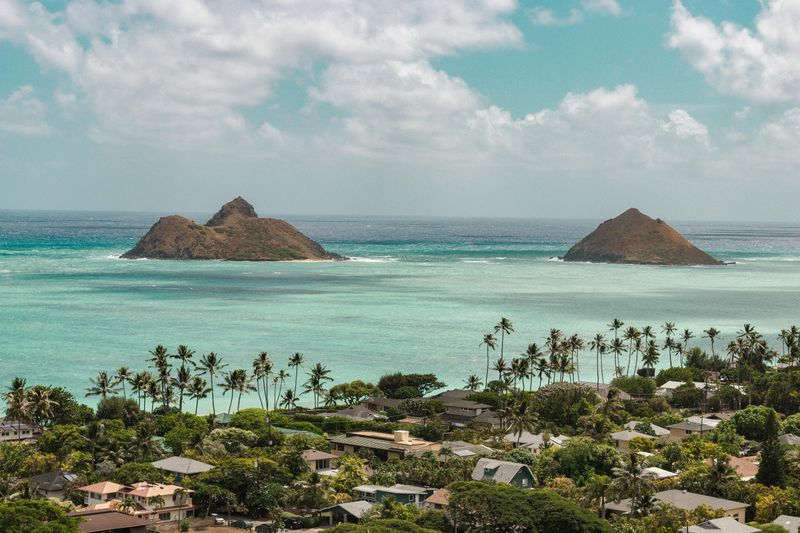
Lanikai Beach is a small but well-known stretch of sand located on the windward side of Oahu. Its soft, fine sand and calm, clear waters make it a popular spot for swimming, kayaking, and stand-up paddleboarding. The beach faces the Mokulua Islands, which provide a scenic backdrop and a destination for experienced paddlers.
Morning hours often offer the calmest water conditions, while afternoons may bring stronger trade winds. There are no public facilities directly on the beach, and parking is limited to nearby residential streets, so visitors are encouraged to plan ahead.
Lanikai is not a large beach, but its combination of scenery, relatively gentle surf, and accessible location make it a frequently recommended stop for those exploring Oahu’s eastern shore.
2. Cannon Beach, Oregon
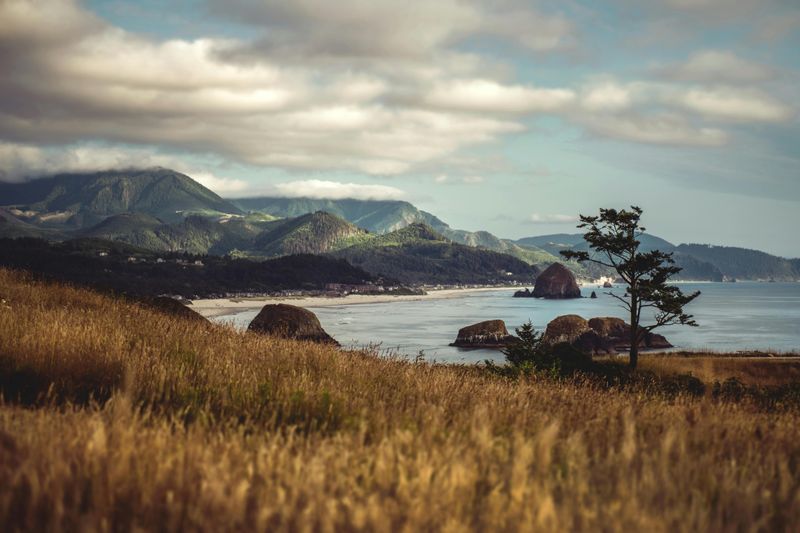
Cannon Beach is located on the northern Oregon coast and is best known for Haystack Rock, a 235-foot sea stack that serves as a habitat for seabirds such as puffins. The beach has a wide, flat shoreline suitable for walking, kite flying, and tidepool exploration during low tide.
The town of Cannon Beach, adjacent to the sand, offers restaurants, shops, and art galleries within walking distance. Weather can vary quickly, with fog and light rain common even in summer.
The beach is part of Oregon’s public coastline, with free access year-round. It is a popular destination for both day trips and extended stays, especially for those interested in combining coastal scenery with small-town amenities.
3. Siesta Key Beach, Florida
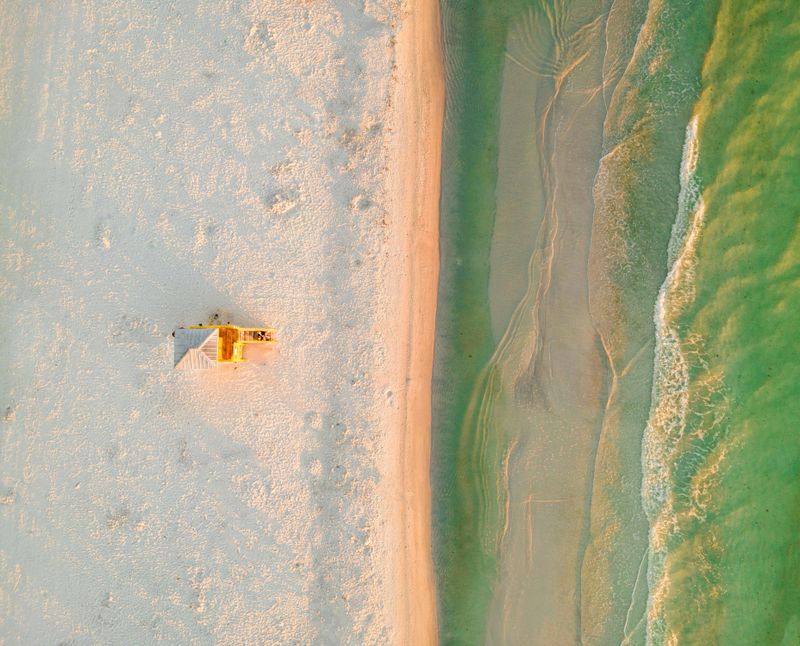
Siesta Key Beach is located on a barrier island off the coast of Sarasota, Florida. The beach is notable for its fine, white sand composed primarily of quartz, which remains cool underfoot even in hot weather. The shoreline is broad and gently sloped, creating shallow water areas suitable for wading and swimming.
Public facilities include restrooms, picnic areas, playgrounds, and free parking, though spaces fill quickly during peak season. Lifeguards are present in designated areas.
The beach is a common location for sunset viewing, and weekend events, such as drum circles, draw both visitors and locals. Conditions are typically calm, making it a suitable choice for families and casual beachgoers.
4. Pfeiffer Beach, Big Sur, California
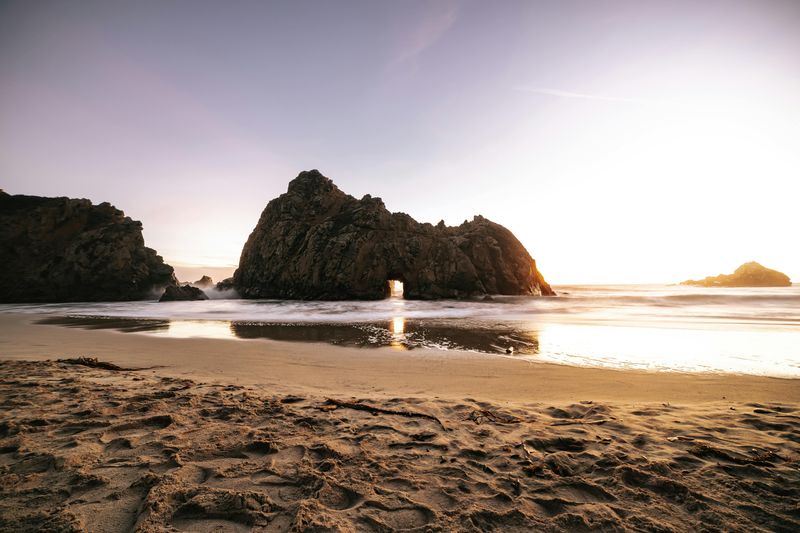
Pfeiffer Beach is located within the Big Sur region and is recognized for its unusual purple-tinted sand, caused by manganese garnet deposits washing down from nearby hills. The beach is not visible from the highway, and access requires a short drive down a narrow, unmarked road.
A distinctive natural rock arch, known as Keyhole Rock, is a frequent subject for photography, particularly at sunset during certain times of year. The surf is strong, and swimming is generally not advised due to dangerous currents.
Facilities are limited to restrooms and a small parking lot with a day-use fee. The beach is primarily a sightseeing and photography location rather than a swimming destination.
5. Coronado Beach, San Diego, California

Coronado Beach lies on the ocean-facing side of Coronado Island, connected to San Diego by the San Diego–Coronado Bridge. The beach is wide and relatively flat, with sand that contains mica particles, giving it a subtle sparkle in sunlight.
The historic Hotel del Coronado is located at the southern end of the main beach. Conditions are generally calm compared to other Southern California beaches, making it suitable for swimming and wading.
Public access points include nearby restrooms and showers, with street parking and small lots available. It is popular year-round with both residents and tourists, especially for walking, sunbathing, and photography.
6. Clearwater Beach, Florida

Clearwater Beach is located on a barrier island along Florida’s Gulf Coast. The beach is characterized by fine white sand and shallow, warm waters. It has a developed waterfront with hotels, restaurants, and shops within walking distance of the shoreline.
Pier 60 serves as a central hub, hosting daily sunset events with local vendors and performers. Public amenities include restrooms, showers, and equipment rentals for activities such as parasailing and jet skiing.
Parking is metered and can be limited during peak times. Clearwater Beach consistently ranks as one of Florida’s busiest and most visited beaches.
7. South Beach, Miami, Florida
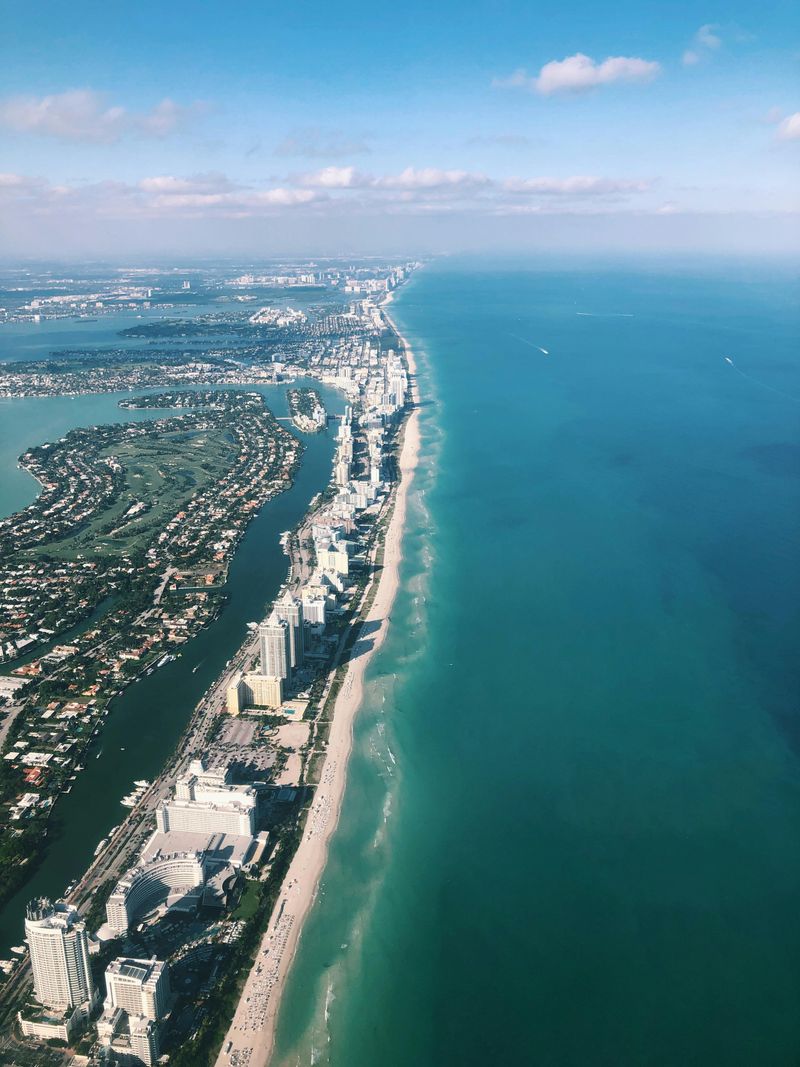
South Beach, part of Miami Beach, is a well-known destination that combines a wide sandy shoreline with an active nightlife and entertainment district. The beach itself offers year-round swimming, with warm water and lifeguard stations spaced along the shore.
The adjacent Ocean Drive area features restaurants, bars, and Art Deco architecture. South Beach is often busy, especially on weekends and during special events.
Facilities include public restrooms, outdoor showers, and rental stations for umbrellas and chairs. It is both a recreation area and a social hub, attracting visitors from around the world.
8. Second Beach, Olympic National Park, Washington
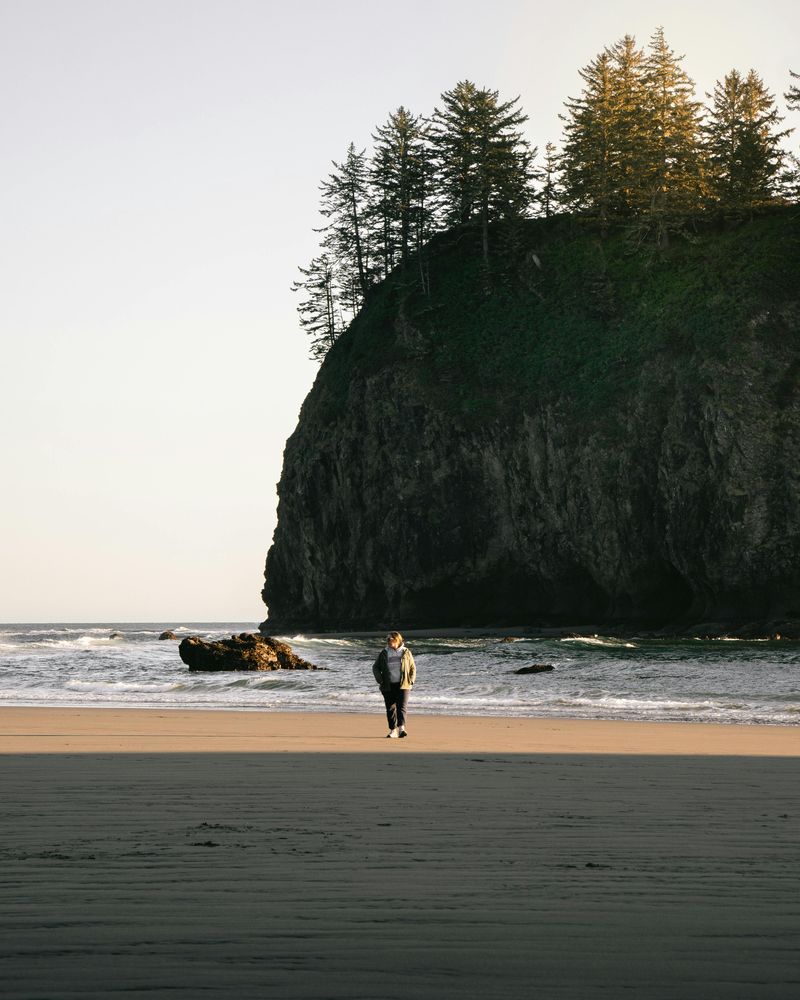
Second Beach is located near La Push on the Pacific coast of Washington, within Olympic National Park. Access requires a short hike through coastal forest, leading to a sandy shoreline bordered by sea stacks and driftwood. Tidal variations create tide pools that can be explored at low tide.
The beach is not developed, and there are no permanent facilities, though vault toilets are available at the trailhead. Visitors should be aware of tidal schedules, as certain areas can become inaccessible at high tide.
Camping is permitted with a backcountry permit, making it a favored spot for those seeking a remote coastal experience.
9. Cape Cod National Seashore, Massachusetts
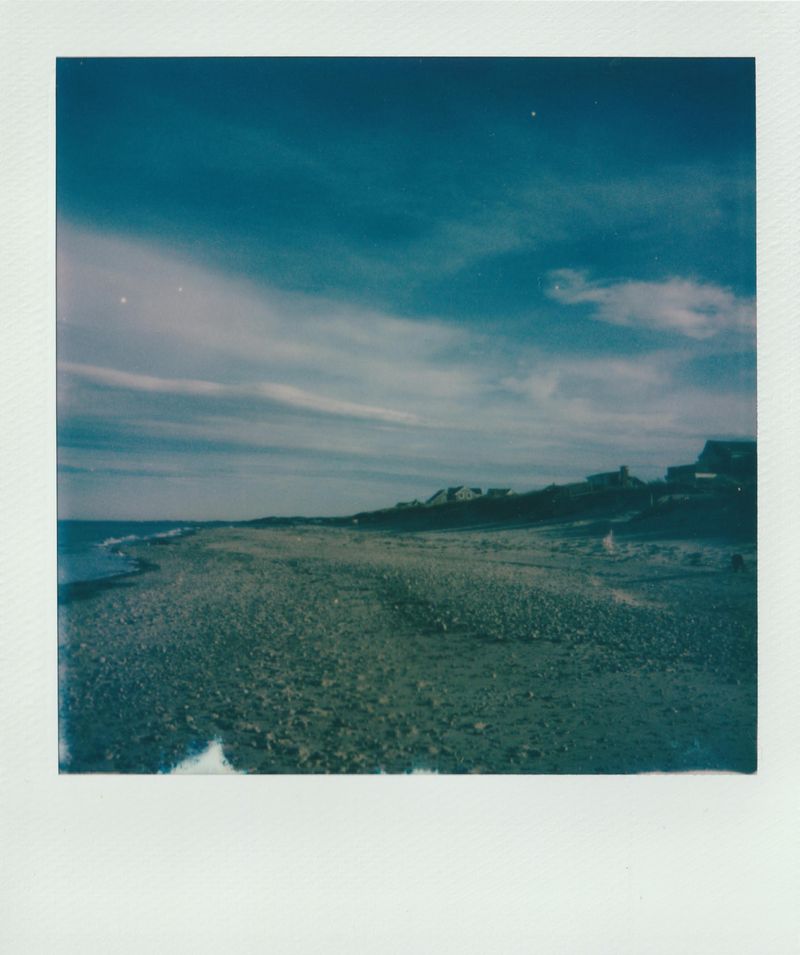
Cape Cod National Seashore covers 40 miles of protected coastline along the outer Cape in Massachusetts. It includes multiple beaches, such as Coast Guard Beach, Nauset Light Beach, and Race Point Beach, each with distinct scenery and surf conditions.
The area is known for its sand dunes, salt marshes, and historic lighthouses. Activities include swimming, surfing, hiking, birdwatching, and biking along designated trails.
Facilities vary by beach but often include parking, restrooms, and seasonal lifeguards. Weather and water temperatures can be cool, even in summer, so visitors should plan accordingly.
10. Glass Beach, Fort Bragg, California
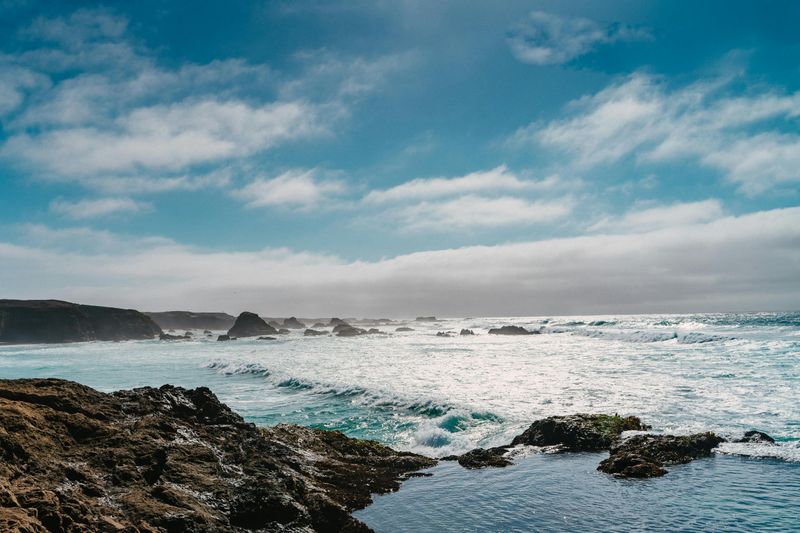
Glass Beach, part of MacKerricher State Park, is famous for its shoreline covered with small, smooth pieces of sea glass. The glass originates from a former dumpsite, where broken bottles and ceramics were tumbled smooth by decades of wave action.
The beach is primarily a sightseeing destination, as swimming conditions are rough and the shoreline is rocky.
Collecting sea glass is prohibited to preserve the site for future visitors. Limited amenities are available nearby, with parking areas and short trails leading to viewing points.
11. Driftwood Beach, Jekyll Island, Georgia
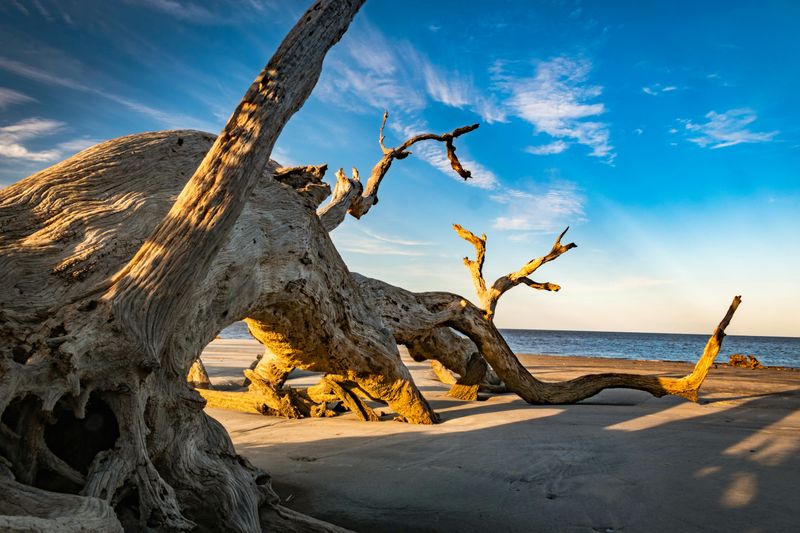
Driftwood Beach is located on the northern end of Jekyll Island and is known for the large, weathered trees and driftwood that line its sandy shore.
The landscape is the result of natural erosion and tidal forces, creating a unique setting for photography and quiet walks. Swimming is possible but not the main attraction due to strong currents and shifting sands.
There are no lifeguards or facilities directly on the beach, though parking areas are available nearby. The area is especially popular for sunrise viewing and nature observation.
12. Sand Beach, Acadia National Park, Maine
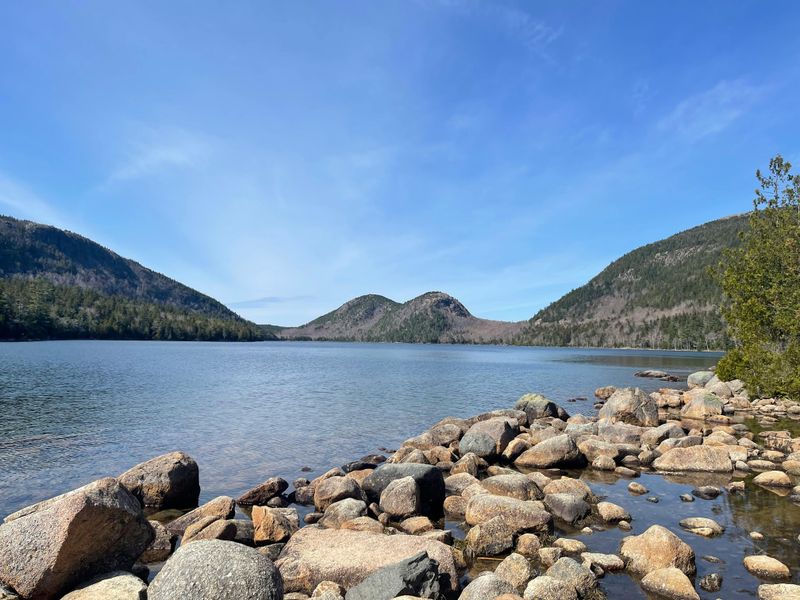
Sand Beach is a small, sandy cove located between granite cliffs within Acadia National Park. It is one of the few sandy beaches on Maine’s rocky coast.
The water temperature is typically cold, averaging around 55°F in summer, but swimming is permitted. The beach is accessible by park road and has restrooms and changing facilities nearby. Hiking trails connect Sand
Beach to surrounding coastal viewpoints, including the popular Ocean Path. The site is busiest in summer but retains a peaceful atmosphere compared to more urban beaches.
Dear Reader: This page may contain affiliate links which may earn a commission if you click through and make a purchase. Our independent journalism is not influenced by any advertiser or commercial initiative unless it is clearly marked as sponsored content. As travel products change, please be sure to reconfirm all details and stay up to date with current events to ensure a safe and successful trip.